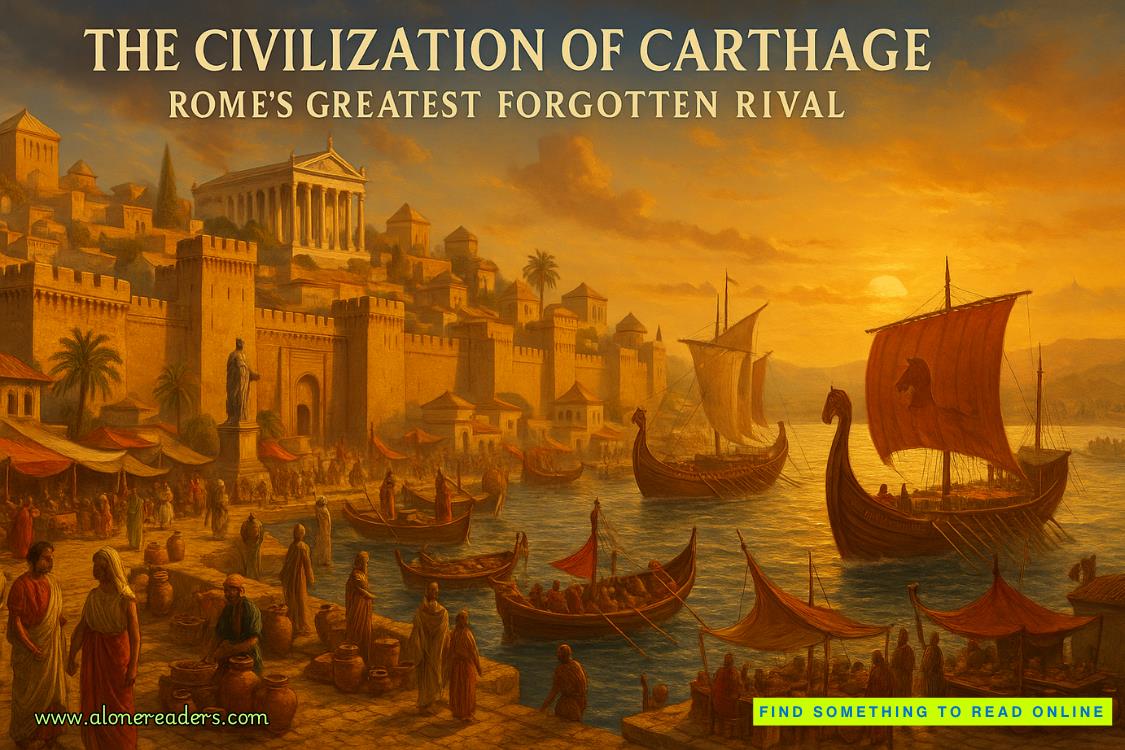Page 41 of Cast in Atonement
“There is more information. It cannot, we are informed, leave the Academia; it should not leave the library.”
“Forbidden studies, then.”
“Indeed. There are more recent studies and documentation about the field of Necromancy; it was once a studied ability in the Arcanum.”
Of course it was.
“When he says recent,” Kavallac added, “he refers to a period of four and a half centuries ago. It was not well understood, and the study was forbidden by the Emperor when he took power. It was not that Necromantic magics were feared—it was the experiments surrounding that study that caused issues. One Barrani Arcanist destroyed a small human village in order to have necessary experimental materials.
“We were informed that that threat was ended. The criminal is dead.” Her tone made clear that her only regret was her inability to be the cause of that death.
Androsse, however, didn’t care.
Kaylin thought, watching him, that his current intensity was unusual because Androsse cared only about the fate of the library. She thought he’d let the world burn, and find amusement in the chaos and destruction, as long as that destruction didn’t touch the library at all. Yet he cared, in some fashion, about the dead Ancient. The speaking, walking Ancient who was not, in any way Kaylin’s life experience had defined the word, dead.
She shook her head; Androsse’s stare was like a physical threat, it was fastened so grimly on her. He had no desire to discuss Necromancy now; all of his attention was on the dead Ancient, and therefore the person who’d been stupid enough to mention it.
Kavallac was less focused, or perhaps she wished to annoy Androsse. She continued. “Necromantic abilities were not as reliable in study as they were in story, but the Necromancer could, with effort and will, force bodies to move; they could, with the same effort, command those moving corpses. Not all of the bodies rose; not all of the bodies could mimic the movements they had once had in life. The research was done on human corpses, and I believe some Leontine corpses as well.”
In spite of herself, Kaylin was curious. “How many of the corpses could the Necromancer animate?”
Androsse chose to join the conversation. “A third of the villagers. The third that could be animated rose immediately upon Necromantic command. But the commands obeyed were rudimentary; movement, very simple tasks. Nor did the magic preserve the bodies.”
“Mrs. Erickson has had nothing to do with corpses.”
“No? Very well, no. It is my suspicion that the Arcanist who studied this discipline was lacking what Mrs. Erickson has: the ability to see ghosts, to see the echoes of the living. Were Mrs. Erickson to make the attempt—”
The chancellor cleared his throat, Dragon style.
Androsse was annoyed.
“It is forbidden, Arbiter. What you choose to do in the confines of the library is beyond the mandate of Imperial Law. Mrs. Erickson is not.”
“Those studies hint at the absence of natural talent,” Androsse replied, voice cool. “The researcher understood the forms but did not have the ability. It is possible that Mrs. Erickson might have that ability.”
“She is an old, mortal woman,” Bellusdeo said. “She’d probably faint at the sight of a corpse. Regardless, the chancellor would not allow her to participate in any such experiments. The Emperor has forbidden them entirely.” And so did the gold Dragon. “If it’s possible that her natural talent would supply what the Arcanist lacked, it remains irrelevant.”
“If there is no study, there is no further understanding.”
Bellusdeo turned to Starrante, as almost all of the students who came to the library did. There were exceptions, of course; some were so terrified of spiders that they couldn’t get past their terror. “Arbiter, the studies about shamans?”
“They are not direct studies; they were personal biographies, personal stories of interactions with those who claimed to be shamans. It is difficult to gauge their authenticity; biographic information is often far more emotional than clinical. There are those in Elantra now who claim to be able to confer with the dead.”
Kaylin’s expression immediately soured as she thought of Margot and the rest of the Elani street vultures. Yes, there bloody well were. “Did they use crystal balls?”
“Do not bring your contempt for Elani street into this.” A flicker of orange shifted the copper in Bellusdeo’s eyes.
“Some, indeed, used those focal elements. They may have been necessary for the shamans to exercise the full range of their powers; it is the reason many mages depend on wands or staves,” the chancellor said.
“If we ditch those—” Kaylin kept the grimace off her face with effort “—is there anything left?”
Starrante’s eyes had once again settled into his body. “There are three. But they are not technical in nature; indeed, they are also, at core, emotional. They are not, to our eyes, different from those incidents that involve crystal balls, herbal remedies, or similar elements.
“In all of these stories, the shaman in question behaved very differently from Necromancers; they did not insist on the presence of corpses, although two did conduct their activities at gravesides. I believe, however, they chose to do so to draw as clear a line as possible between the living and the dead, so that the living might, at last, be freed from the darker elements of human grief.”
“Did those who wrote about this actually see the dead?”
“Where herbal remedies were used, yes, but it is highly likely that those remedies made the recipient far more suggestible. We cannot be certain that what they saw was not a product of their own fear or longing. In most cases, the shaman, the medium, was the conduit to the dead. Mrs. Erickson has no artificial ceremonies, but it is possible that the shamans thus noted in these texts did not require them, either; I believe they were meant as gestures of respect, something the living might better appreciate.















